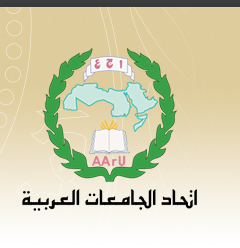Arab Journal of Administration المجلة العربية للإدارة
Article Title
Conceptualizing Business Process Re-engineering:A Case Study of King Faisal University-KSA
Abstract
Business Process Re-engineering (BPR) is the fundamental rethinking and the radical redesign of business processes to bring about dramatic improvements in performance”. BPR is not about making marginal improvements but involves significant progress in redesigning existing business processes and functions. BPR is aimed at streamlining operations, reducing cost and process duration, which in turn ensures increased revenue, better co-ordination, quality enhancement and above all upgrading the level of employee knowledge and skill. The applicability of BPR in day-to-day activities across organizations has also increased its importance manifold. This study tries to Shed light on various aspects of administrative process re-engineering method in terms of concept, implementation mechanism and its benefits, and Give a clear picture for applying re-engineering method, which used to improve the provided service to beneficiaries, increase its efficiency and to achieve Total Quality Management “TQM”. Business process reengineering (BPR) cycle consists of four major steps. The first step is to identify the process that need to be reengineered. Second step consists of reviewing and analyzing the existing process. Third step is to design the reengineering for the process. Last and fourth steps is to test and implement reengineering which leads to the identification of new process for reengineering. The objective of this paper is to describe the basic concepts of Business Process Reengineering (BPR). In this paper, discussion is continued with the concepts of BPR followed by historical background of BPR. The paper also examines the inputs of reengineering process, such as information technology (IT), leadership style, and HR training. Business process reengineering (BPR) creates entirely new processes, whereas quality management methodologies such as Total Quality Management (TQM), and Six Sigma amongst others focus on improving existing process. The radical approach to continuously reviewing processes is thought to be the most appropriate means to keep organizations in a continuous growth and safety from outdated business processes. The study used the descriptive methodology by examining the different components of the concept as presented in the managerial literature to form a comprehensive view to the re-engineering method. The descriptive methodology has two ways, which are the social survey and the case study. The study adopted the case study style by applying the pr-requisites of BPR on King Faisal University (KFU). The study results that using administrative processes re-engineering methods leads to essential modification at the administrative systems ,including HR training, in line with the requirements of the re-engineering and service improving.
Recommended Citation
M. Ismail, Mamdouh Dr
(2016)
"Conceptualizing Business Process Re-engineering:A Case Study of King Faisal University-KSA,"
Arab Journal of Administration المجلة العربية للإدارة: Vol. 36
:
No.
1
, Article 14.
Available at:
https://digitalcommons.aaru.edu.jo/aja/vol36/iss1/14

